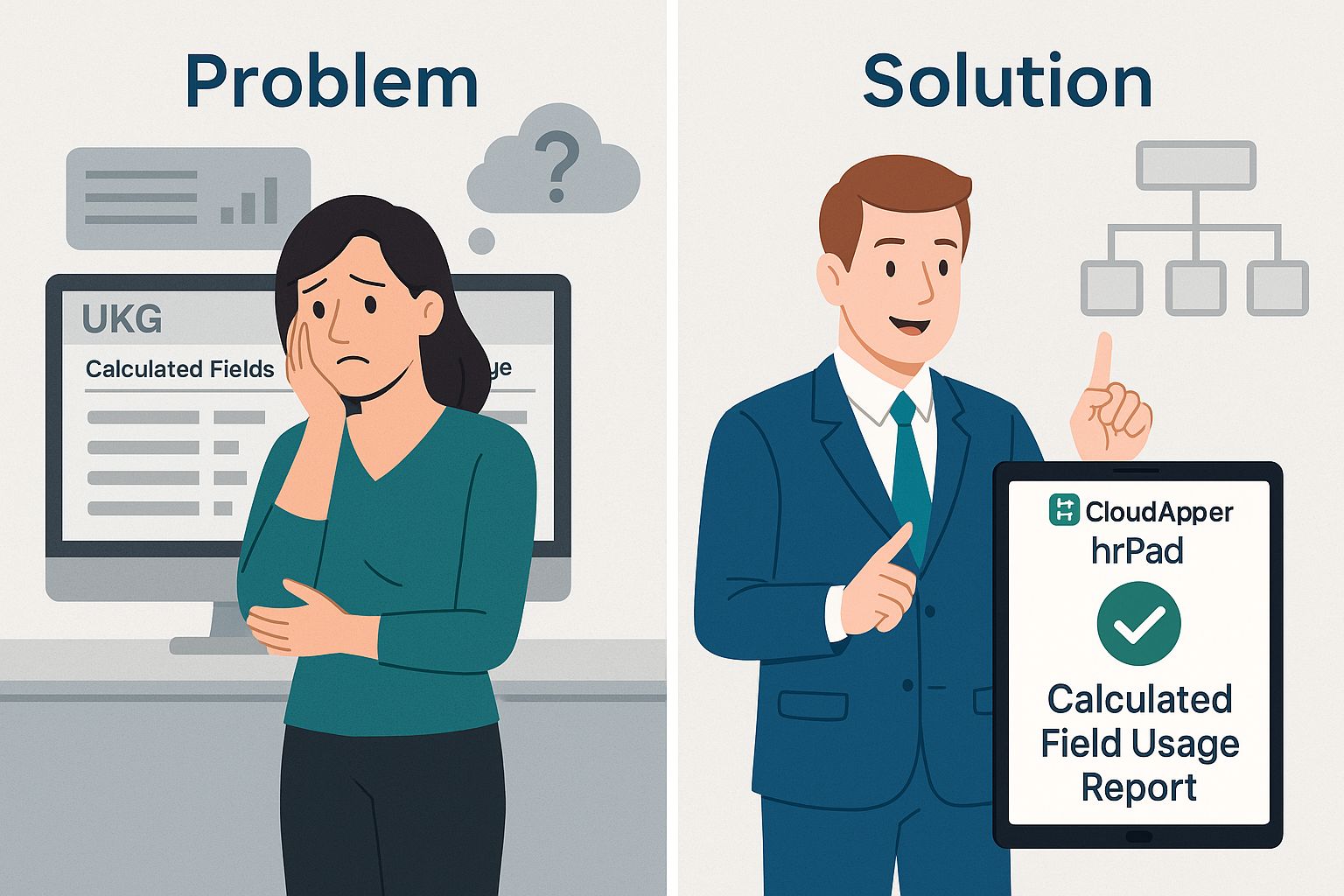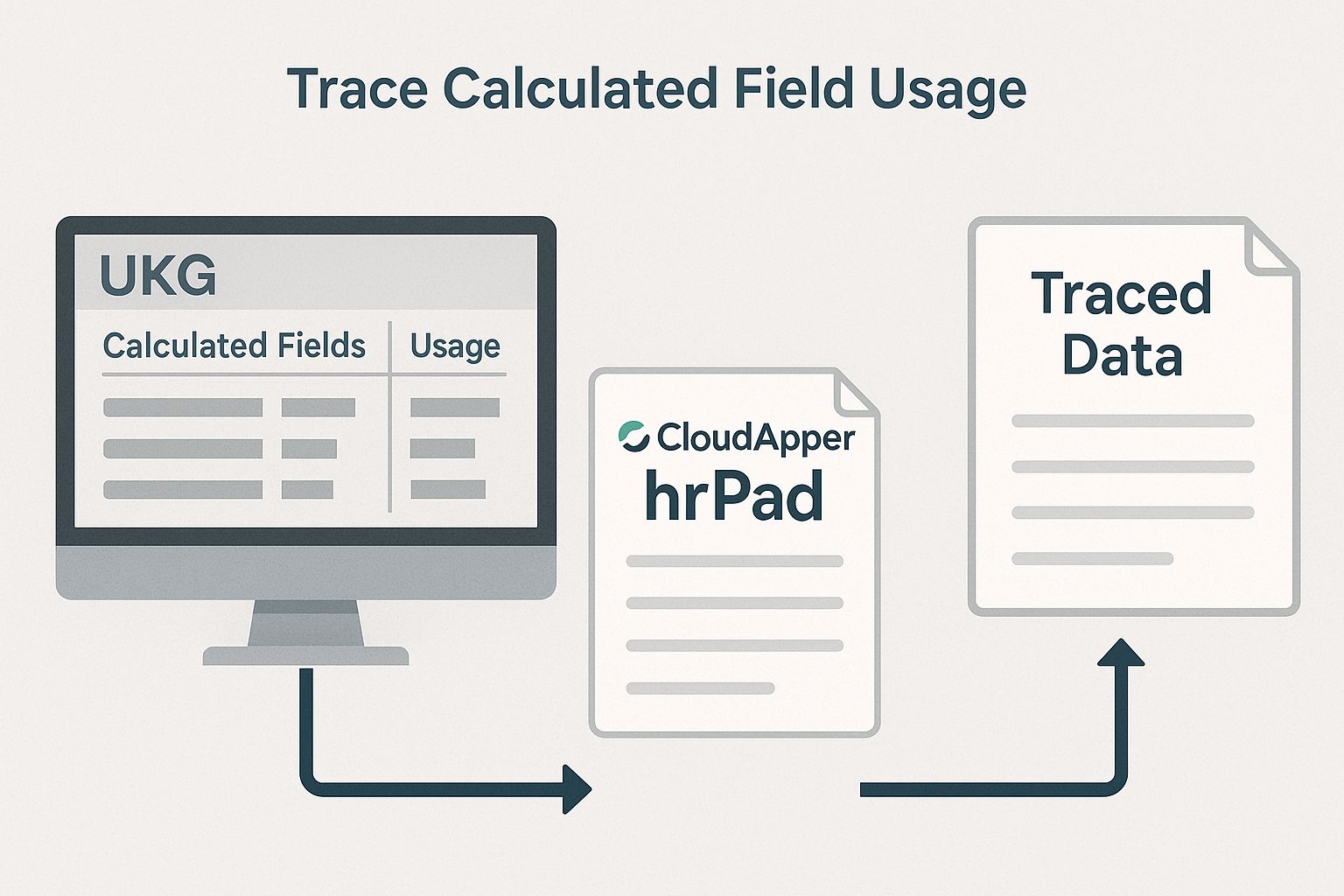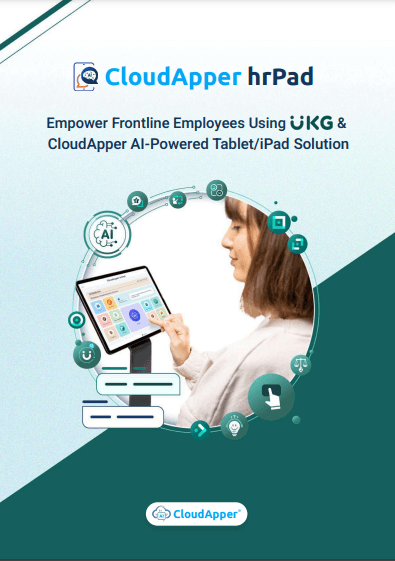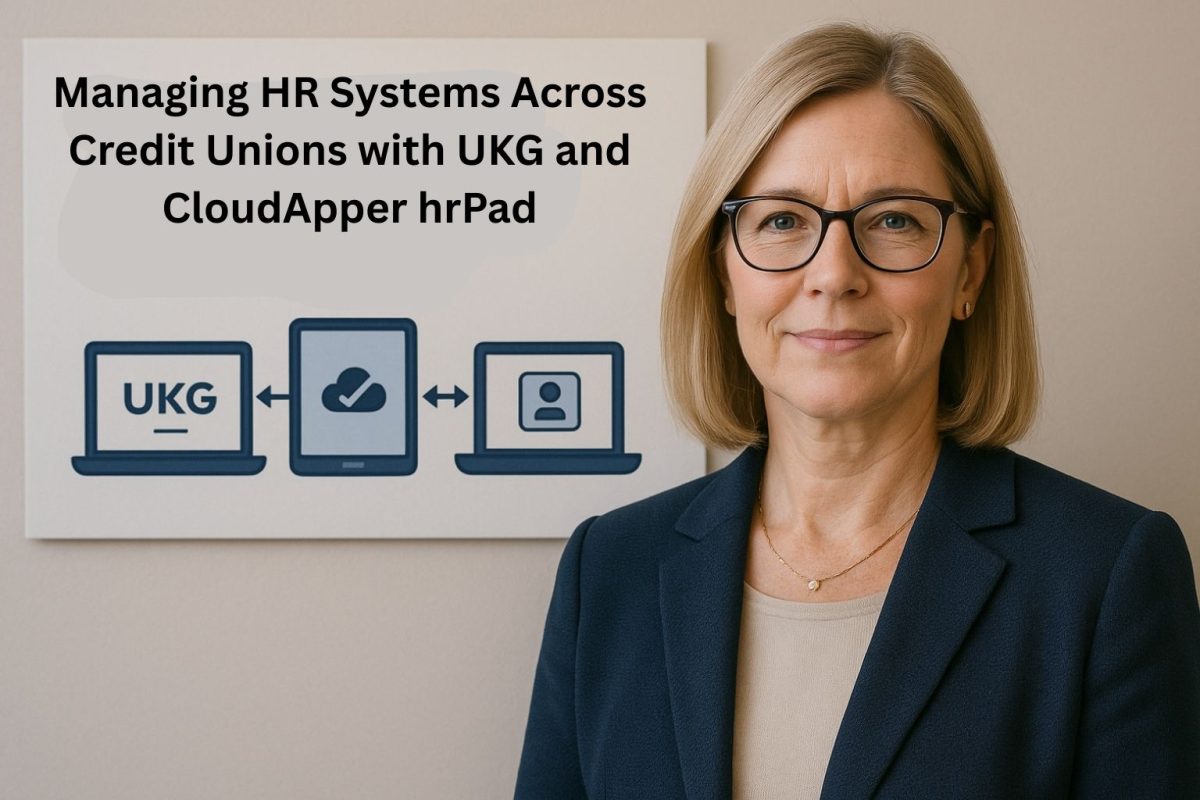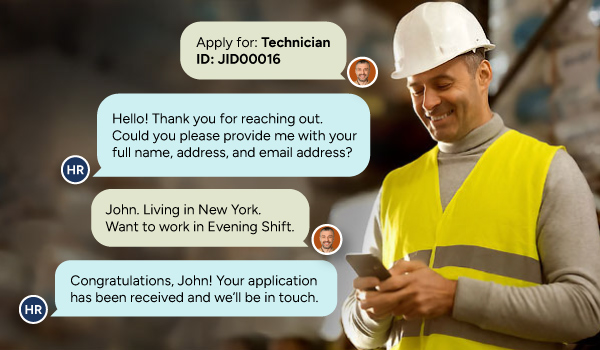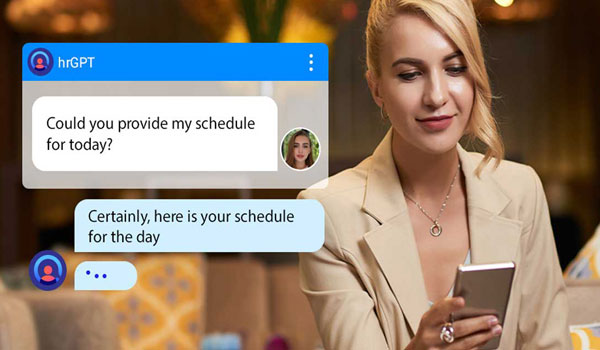Tracing Calculated Field Usage in UKG is crucial for HRIS admins to manage data effectively. It prevents report drift, compliance gaps, and integration errors. CloudApper hrPad offers a solution with scheduled scans, live dashboards, and efficient audits.
Table of Contents
Every HRIS administrator eventually asks the same question: Where is that custom column hiding? Tracing Calculated Field Usage in UKG becomes mission-critical when you need to retire an outdated metric, troubleshoot a broken integration, or verify that sensitive data does not appear in an unexpected dashboard. Without visibility, even a minor field change can ripple through dozens of extracts and payroll feeds, fixing one problem while breaking three others. In fast-moving organizations, Tracing Calculated Field Usage in UKG is no longer optional housekeeping—it is a core control that prevents report drift, compliance gaps, and late-night retro fixes.
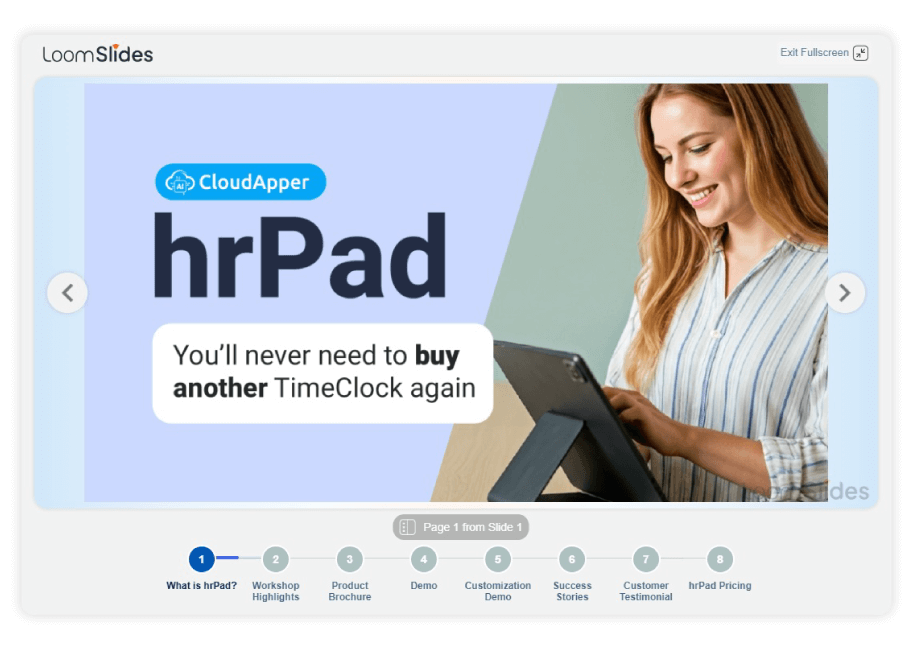
For more information on CloudApper hrPad for UKG visit our page here.
Why the problem exists
UKG’s analytics stack references the same data element in multiple layers: BI queries, calculated columns inside Genies, Data Hub SQL views, outbound integration tokens, and Cognos Framework packages. Over time, the same idea spawns new names:
- A recruiter coins “Base Salary Local Currency.”
- Finance clones it as “Local Base Salary.”
- Payroll flags a copy “Base Salary (Do Not Use)” after redesigning plans.
Each decision is logical in isolation, but lineage blurs over years of growth. When Finance later asks to delete the original field, admins open each BI report, scan XML for IDs, or rely on tribal knowledge from analysts who moved on. Only when payroll totals fail to match or an integration throws an “unknown column” error does the hidden dependency surface.
Work-arounds—and their limits
| Method | Advantage | Drawback |
|---|---|---|
| Search-and-replace in Cognos XML | No extra tools | Painful for hundreds of reports |
| Query Data Hub metadata views | Systematic for tables | Misses calculated expressions |
| Maintain lineage spreadsheets | Simple to share | Quickly outdated |
| Run ad-hoc audits | Targeted | Reactive; errors already occurred |
None provide a living, holistic map.
Adding a complementary layer: CloudApper hrPad
Instead of multiplying report clones, organizations install CloudApper hrPad. Sitting downstream of UKG, hrPad performs scheduled metadata scans, parsing every report, Genie, and integration for field references. The output is a live dashboard showing:
- Which assets use the field
- Last run date for each asset
- Context of use (query, prompt, calculated column)
Admins click straight from the index to the BI report for edits; no guesswork, no hunting.
Five-step deployment
- Connect hrPad with read-only UKG API credentials (BI, Data Hub, Integration Studio).
- Schedule nightly scans or launch on-demand before payroll freeze.
- Tag retiring or sensitive fields so hrPad issues alerts upon new usage.
- Export the lineage index to CSV/PDF for auditors or project teams.
- Update UKG once; verify the usage count drops to zero before deleting the field.
Proof in practice
A healthcare network replaced “Legacy Shift Bonus” with a new incentive across forty hospitals. Prior to hrPad, the project plan allotted two weeks for dependency discovery. Nightly scans identified 15 BI reports, four Genies, and one SFTP feed referencing the legacy column; the team completed updates in three days. The exported lineage satisfied auditors in minutes.
Tangible payoffs
| KPI | Before hrPad | After hrPad |
|---|---|---|
| Hours locating field usage | 30–40/quarter | < 4 |
| Duplicate report copies | 12 | 0 |
| Integration failures due to missing columns | 5/year | 0 |
| Audit prep time for lineage | 8 hours | 30 minutes |
Best practices going forward
- Maintain a “retirement queue.” Tag fields months before deletion.
- Automate email alerts for owners when their asset references a tagged field.
- Review lineage monthly to curb silent sprawl.
- Document sanctioned exceptions directly within hrPad.
Conclusion
Tracing Calculated Field Usage in UKG does not have to involve manual XML searches or fragile spreadsheets. A lightweight, metadata-driven layer like CloudApper hrPad delivers a living map of every reference, ensuring clean upgrades, smoother payroll cycles, and quicker audits. In an era where data models evolve with business demands, proactive lineage tracking separates agile HRIS operations from reactive fire-drills. One nightly scan is all it takes to turn hidden report mysteries into transparent, manageable knowledge.






